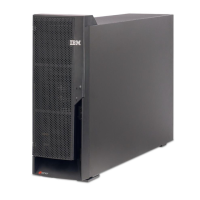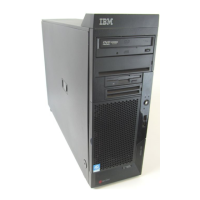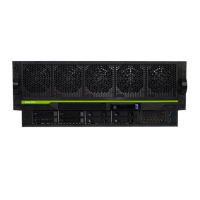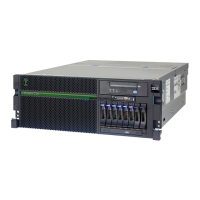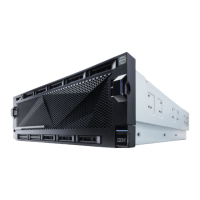iSeries architecture: Fundamental strength of the IBM ^ i5 and iSeries 17
Draft Document for Review October 18, 2004 5486AdvTech.fm
processors is 4.4 times as powerful as its predecesor POWER4 generation of
microprocessors.
The advance in processor technology is shown in the following figure.
Pulsar, ISTAR, and SSTAR processors use on-chip copper-wiring technology.
The Pulsar processors integrate IBM CMOS7S technology. ISTAR and SSTAR
processors integrate CMOS8S technology. Previously, Northstar technology
used aluminum for on-chip wiring. Copper's better conductivity permits thinner
wires to be used, which enables the transistors to be packed closer together. The
denser new technology permits additional micro-architecture methods to improve
performance.
Delivered in 2002, the next evolution of IBM Eserver microprocessors was
POWER4 fabricated in CMOS8S technology. Keeping multiple levels of high
speed cache is still necessary to keep the processors busy. Denser processor
technology permits more on-chip cache.
Continuing this industry-leading technology, POWER5 in CMOS9S today. The
improved density with CMOS9S technology allows for larger caches, and for
cache-controllers and memory controllers to be on-chip, resulting in higher
processor performance.
This growth and implementation of new technology is possible because of the
iSeries TIMI layer. TIMI allows the system to incorporate significant new
hardware technology quickly and transparently. The ease with which customers
>= 1.5 GHz50 MHz Frequency
Up to 254*NoneLogical Partitions
276M4.7MTransistor count
2004
POWER5
1995
Cobra
>= 1.5 GHz50 MHz Frequency
Up to 254*NoneLogical Partitions
276M4.7MTransistor count
2004
POWER5
1995
Cobra
1999
2000
2001
2002

